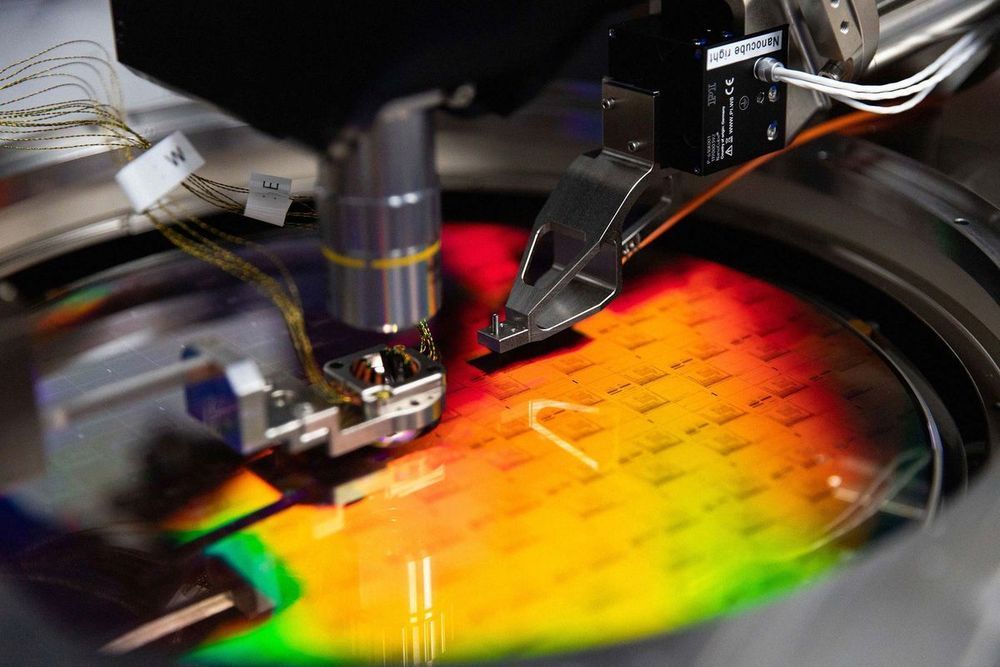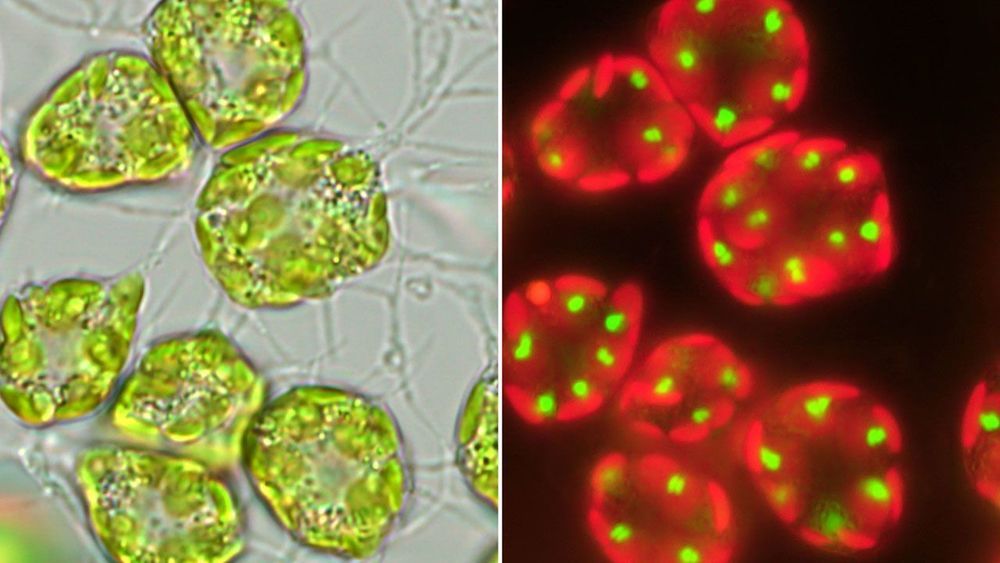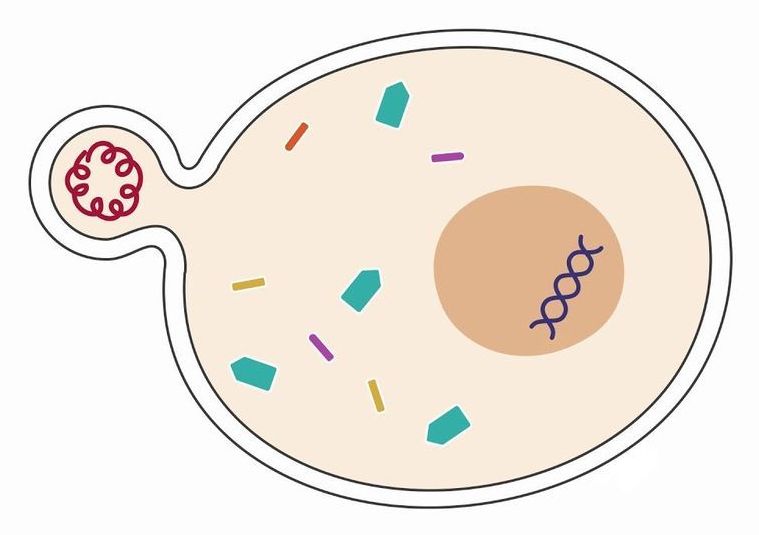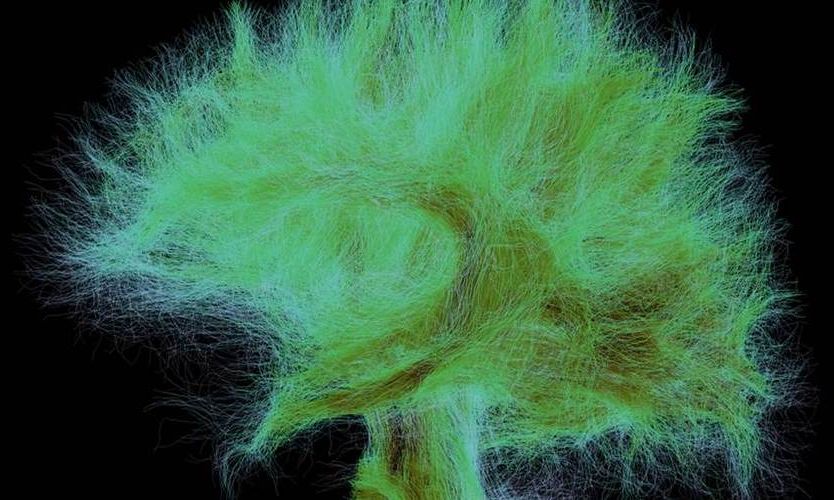Apr 6, 2020
Aubrey de Grey — COVID19 — Fighting Infections with Rejuvenation Biotechnology
Posted by John Davies in categories: biotech/medical, genetics, life extension
Can Rejuvenation Biotech Help Boost Immune Response to Infectious Diseases? Aging of the immune system makes reduces immune response in elderly — 3 main reasons: cell loss (naive t-cells), accumulation of cells we don’t want (death resistant cells), and changes to internal constitution of the cells.
Early stage research by Janko Nikolich-Žugich indicates that the naive T-cells* produced by the thyamus may not work properly because of something going on with the lymph nodes.
Continue reading “Aubrey de Grey — COVID19 — Fighting Infections with Rejuvenation Biotechnology” »


















